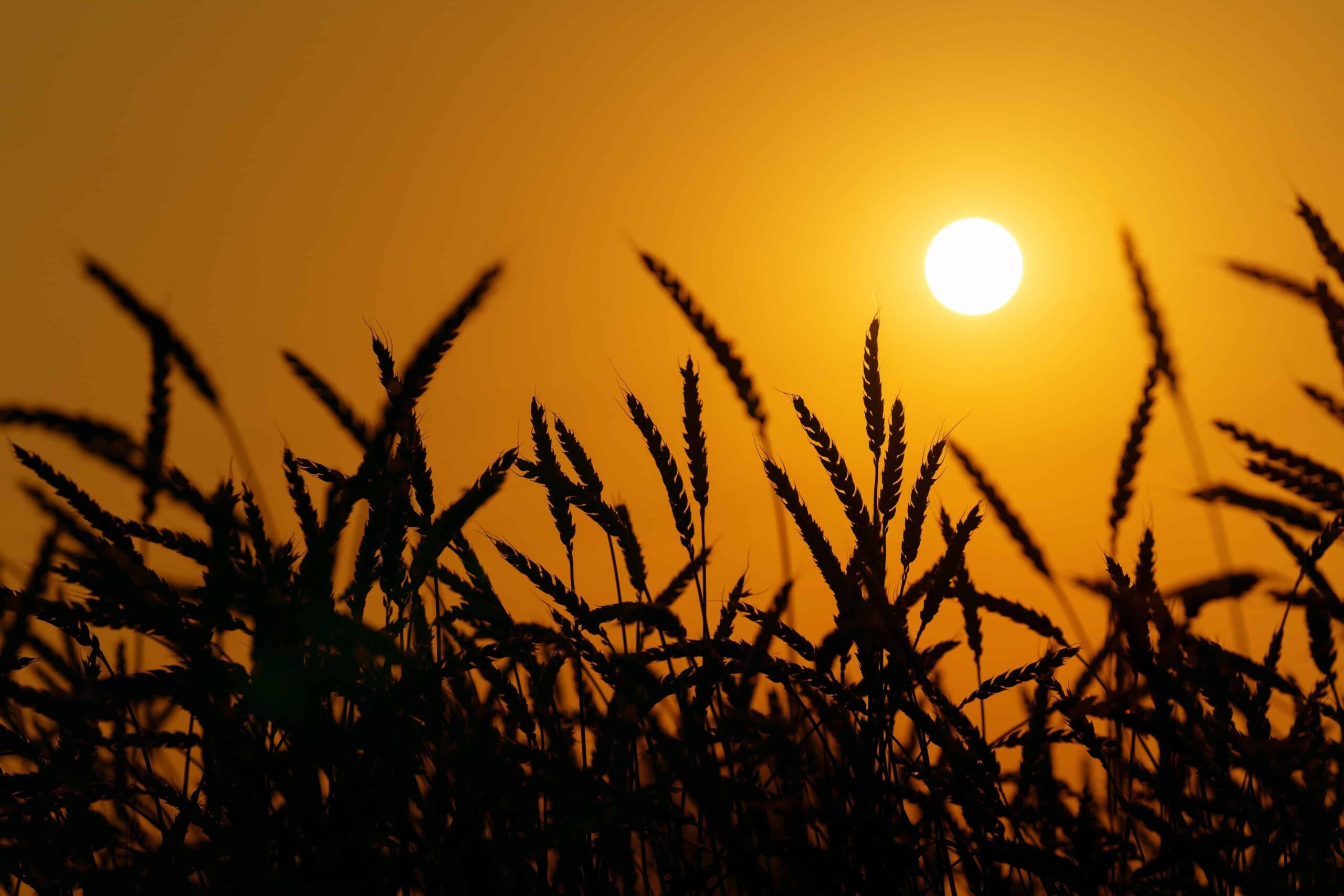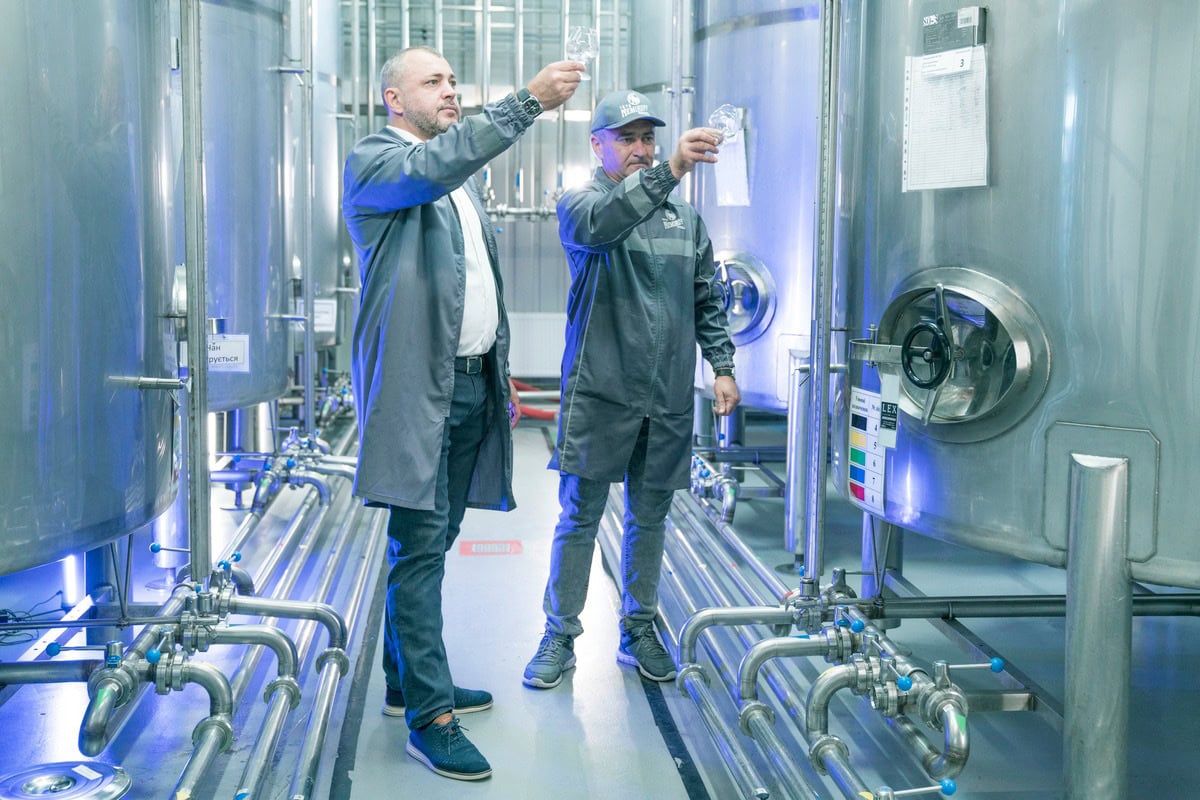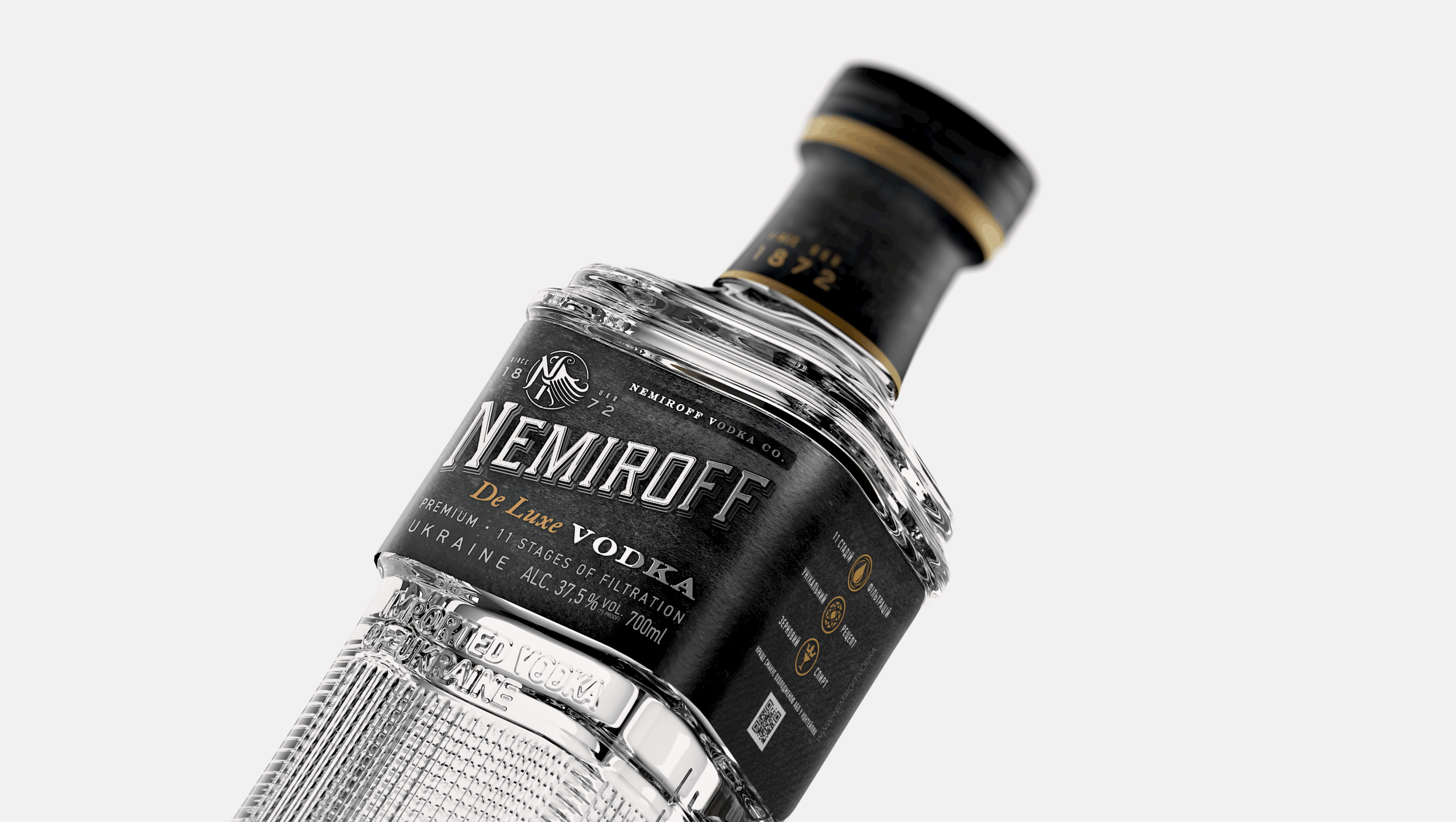The production of vodka begins with high-quality raw materials — grain grown on agricultural land. It is the climate in which the grain grows that determines its chemical composition, nutritional value, and suitability for further processing. n this article, we will examine the relationship between climate, yield, alcohol quality and technological aspects of production, as well as how weather conditions affect the cultivation of raw materials for vodka and why the agroclimate is a key factor in alcohol production, using the example of Nemiroff products.
We will also focus on how vodka and agriculture are interrelated, what happens to fermentation under the influence of external factors, and what the prospects are for raw materials in the context of climate change.
Vodka and agriculture: a connection that determines quality
Vodka begins with grain, and its agricultural origins determine its foundation. Raw materials grown in the right climatic conditions must have a high starch content, low protein levels, and stable physical characteristics. However, it is not only the origin of the crop that is important, but also the agricultural practices that influence the quality of the final product.
Vodka and agriculture are linked at all stages, as it is farming that shapes the main characteristics of the future spirit. Depending on the quality of the grain, the following changes occur:
– the taste profile of the finished product;
– the purity and transparency of the alcohol after filtration;
– the stability of the aroma and organoleptic properties.
Production Nemiroff demonstrates a model in which agriculture is integrated into the entire cycle of the enterprise — from field to bottle, taking into account environmental standards and quality control of raw materials.
Climatic conditions for growing wheat and other cereals
Climate is one of the main factors affecting the yield and quality of grain crops. Temperature, precipitation, and light conditions shape the environment in which the raw materials for vodka production develop. Let’s have a look at what the climate should be like for growing wheat and other crops.
Optimal temperature and precipitation
Stable temperature conditions are a critical factor for growing grain for vodka. The best temperature range is considered to be between 18 and 24 °C during the growing season. It is under these conditions that plants intensively accumulate starch, which is the basis for further fermentation. A drop in temperature slows down crop development, while overheating causes stress and reduces the amount of grain formed.
The amount of precipitation also plays a key role. In the grain filling phase, moisture deficiency leads to a decrease in grain weight and overall yield. At the same time, excessive precipitation can cause fungal infections and disrupt the balance of nutrients, which negatively affects the quality of the raw material.
The influence of light regime on the vegetation duration
Light conditions determine the speed of biochemical processes in plants. The longer the day and the more stable the lighting, the higher the potential for photosynthesis — and therefore the more nutrients accumulate in the grain. These conditions are essential for the formation of high-quality starch, which is necessary for alcohol production.
Grain grown in moderate but stable sunlight, when the crop receives sufficient light throughout the growing season, is valuable as raw material for vodka. Excessive sunlight, like a lack of it, can negatively affect the structure, enzyme balance, and final quality of the alcohol.
Regional climate features in Ukraine and worldwide
Ukraine has favorable climatic conditions for growing wheat, rye, corn, and other grain crops suitable for vodka production. The highest quality grain is found in the central and southern regions of the country, particularly in the Vinnytsia, Cherkasy, Poltava, and Khmelnytskyi regions.
In these regions, grain has a high thousand-grain weight, uniform ripeness, and optimal starch content. In addition, climatic conditions contribute to the formation of raw materials with low protein content and sufficient enzymatic activity — these characteristics ensure high-quality alcohol. In global practice, similar conditions are found in France, Germany, and partly in Canada, but Ukraine retains its competitive advantages due to fertile soils and a temperate climate.

The influence of climate on grain yields for vodka
Weather fluctuations are increasingly reducing grain yields. Droughts, hail, and abnormal temperatures reduce the volume of usable raw materials. It is especially noticeable for varieties that have a narrow range of adaptation.
However, modern agriculture takes these risks into account. The use of irrigation, agrometeorological monitoring, and adaptive varieties reduces the impact of climate on grain production. That is why the cultivation of raw materials for vodka is increasingly dependent on technology.
Weather conditions and alcohol quality: impact on starch, proteins, fermentation
The quality of alcohol directly depends on the chemical composition of the grain, which is formed under the influence of climatic conditions. Temperature, precipitation, and air humidity during vegetation affect the content of starch, proteins, and enzymes—key components for alcohol fermentation.
The climate affects the following parameters:
– starch content — is the main source of sugars for fermentation, which determines the alcohol yield;
– the ratio of proteins and enzymes — is critical for stable fermentation and effective filtration;
– grain moisture — is important for storage, as excessive moisture poses a risk of spoilage.
Excess protein complicates the purification of alcohol, while enzyme deficiency slows down production processes. Therefore, the quality of alcohol and weather conditions cannot be considered separately.
Prospects for raw materials for vodka production
Climate change is already altering the agricultural map of the world. Conditions for growing new grain varieties are emerging in northern regions, while traditional regions are facing moisture shortages or soil overheating. For vodka production raw materials, this means rethinking supply and partner selection.
Producers are increasingly paying attention to the stability of agroclimatic zones, the possibility of introducing drip irrigation, and monitoring plant conditions using satellites. This method of growing raw materials for vodka is already being used by leading companies.
Conclusion
Climatic conditions remain one of the key factors determining the success of grain cultivation for vodka. They affect not only the yield, but also the chemical composition of the raw materials, which in turn determines the quality of the alcohol. The optimal balance of precipitation, temperature, daylight hours, and stability of the growing season are crucial for the nutritional profile of the grain.
Due to growing climate instability, producers are introducing modern agricultural technologies, monitoring systems, and quality control already at the field stage. This approach allows them to maintain the stability of our raw material base and produce high-quality vodka regardless of the season, as confirmed by the experience of Nemiroff.




